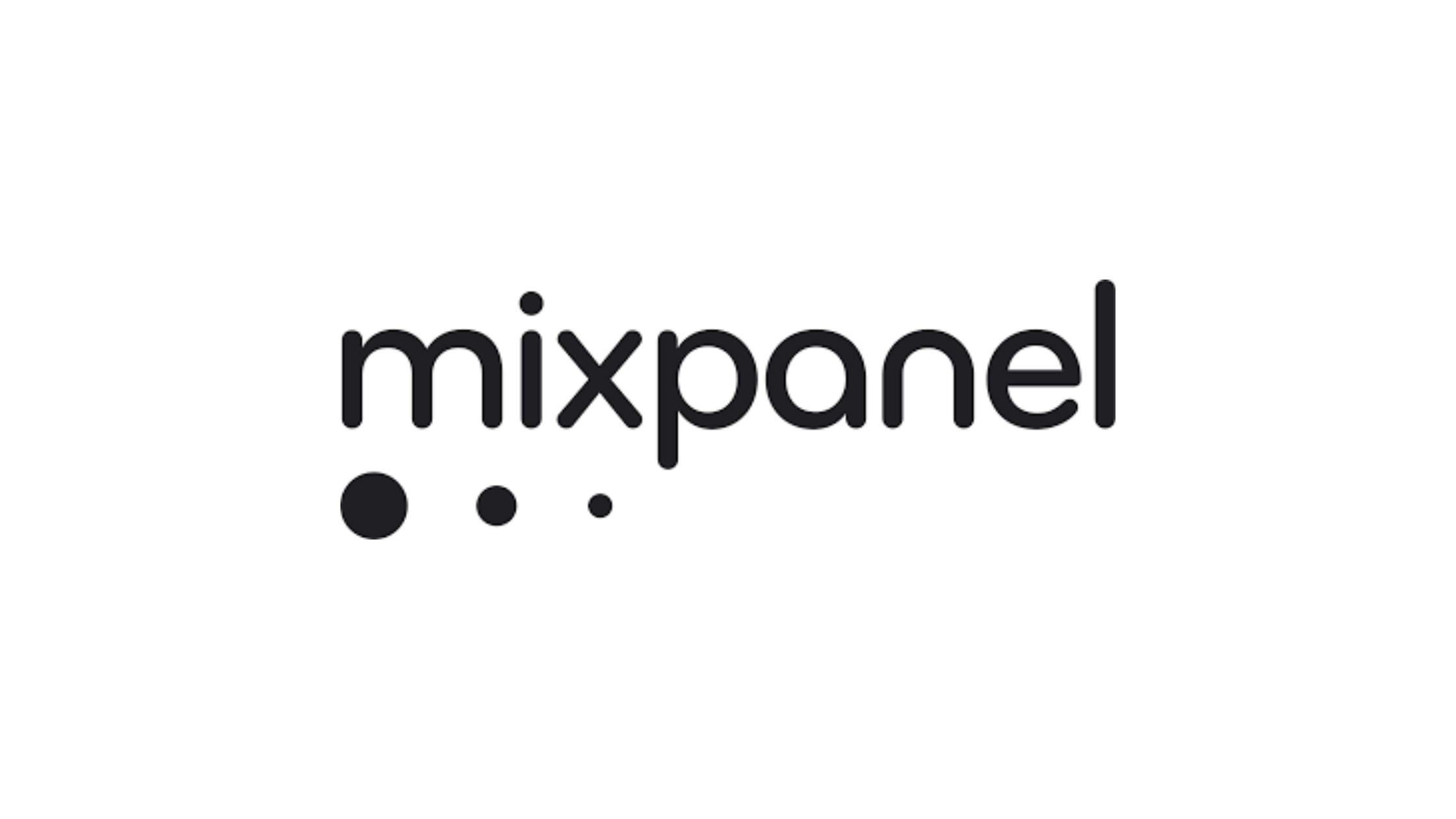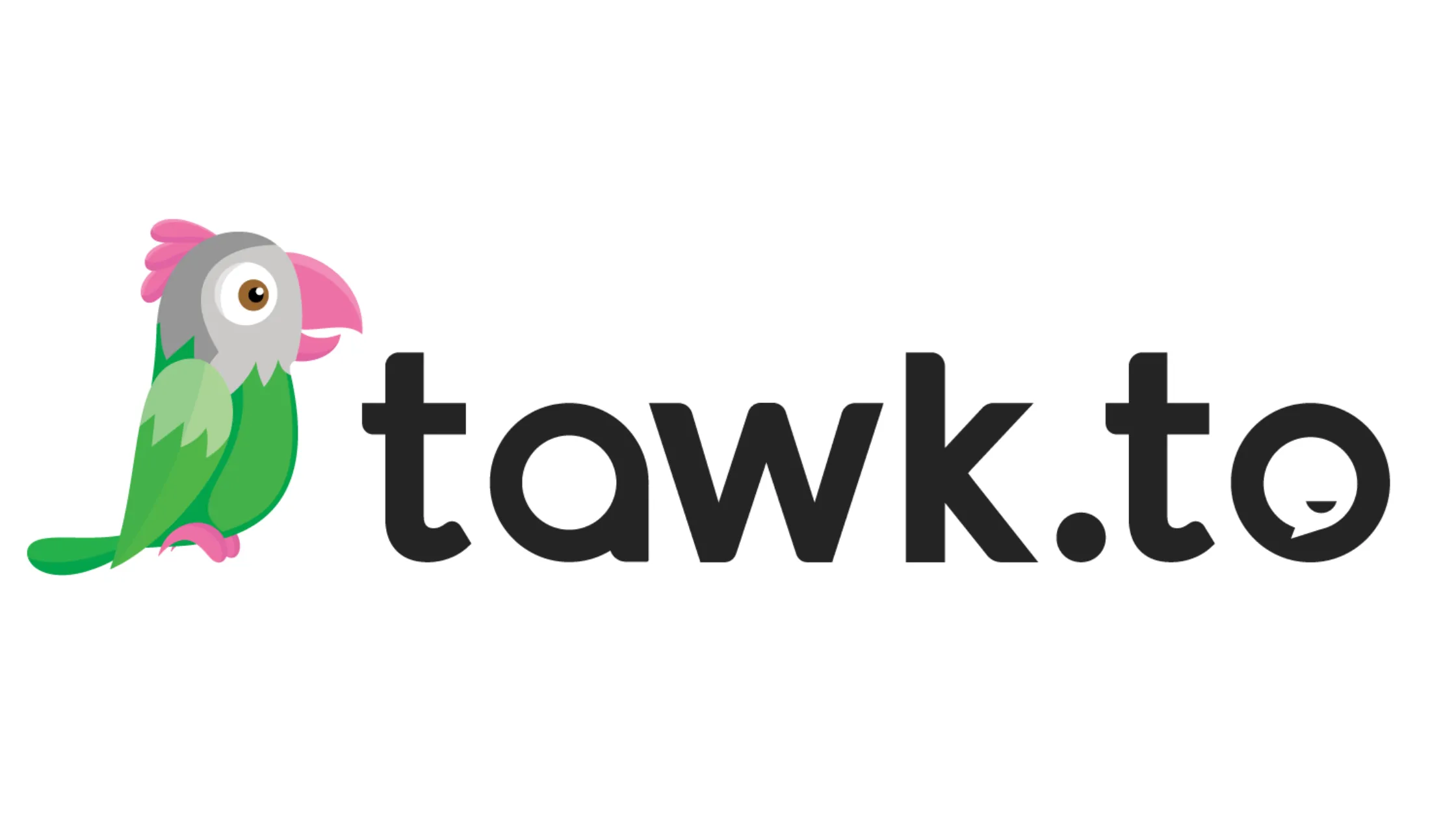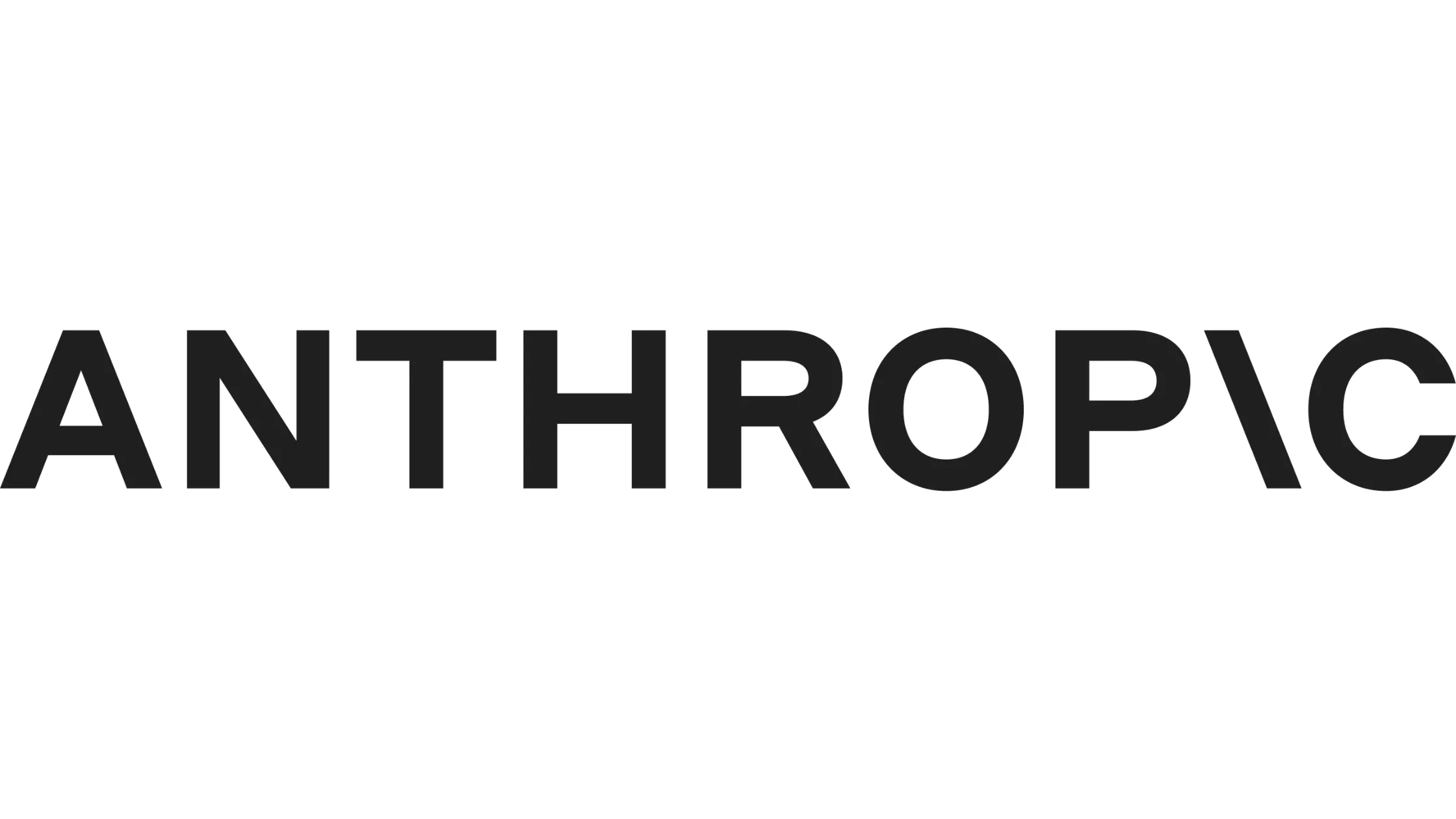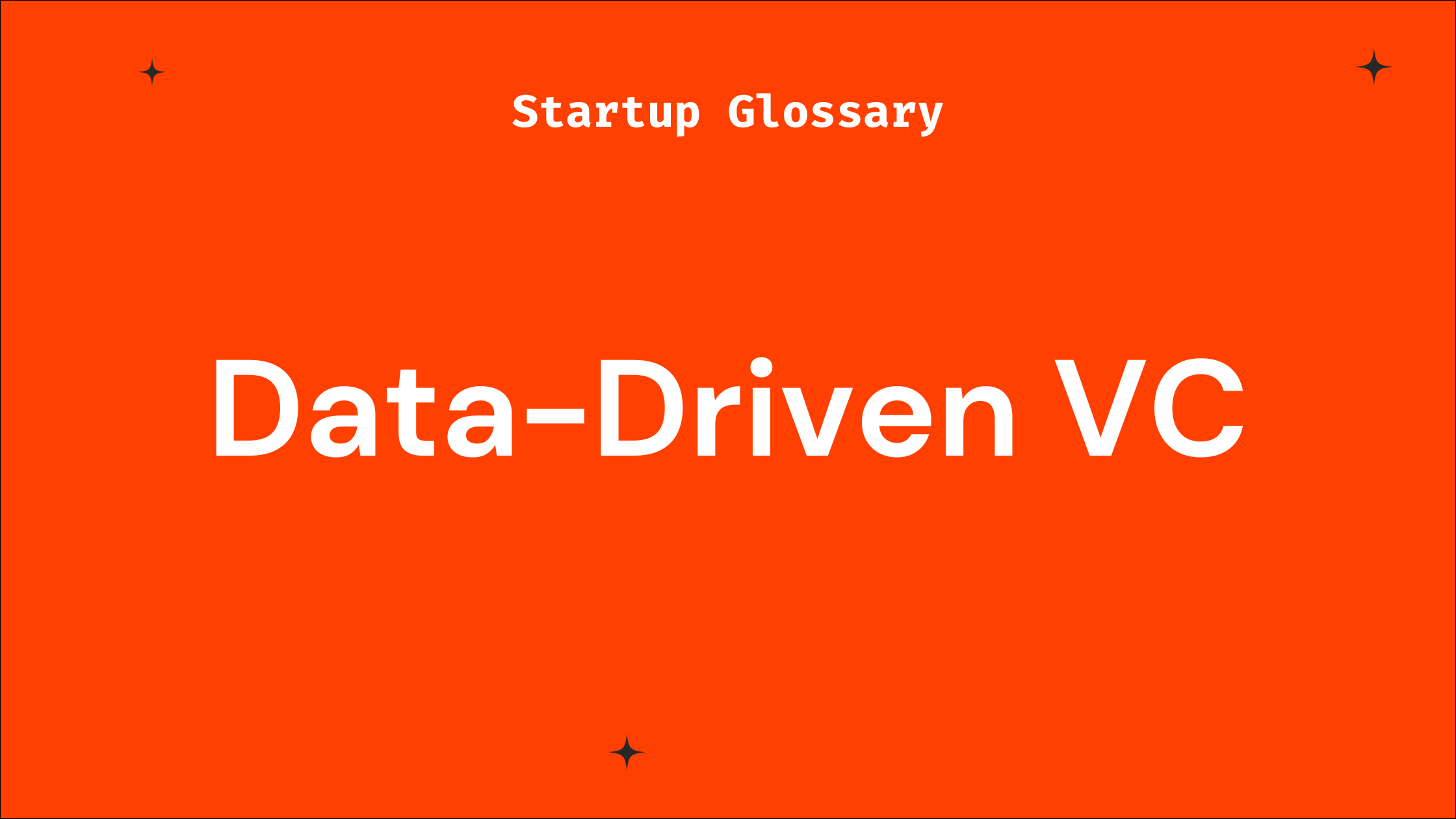
Building for Scale: Architecture Decisions That Won't Haunt You Later
Building for scale is crucial for startup success. Learn key architecture decisions that help avoid common scalability pitfalls and ensure long-term growth.
As a startup founder, you’re often wearing multiple hats. From fundraising to product development, there’s barely enough time to catch your breath, let alone think about how the technical choices you make today might impact you tomorrow. One area where this is especially true is your software architecture. Making architecture decisions that scale can be daunting, especially when you're in a rush to get your MVP out the door. In this article, I’ll walk you through the essentials of building for scale—things you should consider now so that your tech stack doesn’t become a nightmare later.
What Does "Building for Scale" Mean?
Scaling Isn't Just About Traffic
When founders hear "scaling," they often think it’s all about handling more users or website traffic. While that’s certainly a big part of it, scaling is more than just preparing for a traffic spike. It’s about ensuring your system can support a growing product, increasing complexity, and more frequent updates—all without a hitch. You want a system that grows with you, not one that breaks under the weight of its own success.
Why It's Easy to Overlook Scalability
Early on, it’s tempting to ignore scalability. After all, why think about scaling when you’re just trying to validate your idea or get users on board? But here’s the thing—poor architectural decisions early on can slow you down once your product gains traction. You’ll face increased technical debt, bug-fixing sprints, and infrastructure bottlenecks, all while your competitors are racing ahead. That’s why building for scale should be on your radar from the very beginning.
Key Architecture Decisions to Focus On
Choose the Right Tech Stack
One of the most crucial decisions you'll make early on is picking your tech stack. This choice can have long-term implications for your ability to scale, so it’s important to be strategic. Should you go with Node.js or Ruby on Rails? MongoDB or PostgreSQL? These decisions aren’t just about developer preference—they’re about how well these tools will scale with your product.
Here are some factors to consider when choosing your tech stack:
- Performance: Does the tech handle large volumes of data well?
- Community Support: Is there a large, active community that can help solve problems quickly?
- Flexibility: Can it be easily modified as your product evolves?
- Talent Availability: Can you easily find developers with experience in this tech stack?
At Horizon Labs, we’ve seen many startups come to us after choosing tools that either lacked the performance or flexibility they needed to scale. Don't make the same mistake—take the time to pick tools that will grow with you.
Modular Design: Don’t Build a Monolith
Building a monolithic application can seem faster in the short term, but it’s a ticking time bomb when it comes to scalability. Imagine trying to scale a single piece of code that handles everything—from user authentication to payment processing. As you add more features, the complexity grows, and so does the difficulty of maintaining and scaling it.
Instead, consider a modular architecture. This means separating different parts of your application into independent modules or services. Microservices are one way to do this. Each microservice is a standalone application that handles a specific piece of functionality, making it easier to scale just that part when needed.
Data Architecture: Think Beyond the MVP
Your data architecture will likely need to handle increasing amounts of data as you scale, which means choosing the right database strategy is key. Early on, many startups default to a relational database like PostgreSQL or MySQL. While these are great for structured data, they can struggle as your dataset grows or becomes more complex.
Here’s a breakdown of data architecture options:
- Relational Databases: Great for structured data and small-to-medium loads.
- NoSQL Databases: Perfect for handling large amounts of unstructured data, but watch out for complexity when querying across data types.
- Distributed Databases: Useful when you need high availability and reliability across multiple servers.
At Horizon Labs, we often help founders architect their data systems in ways that minimize future headaches. We assess their current needs but also anticipate growth, so they aren’t forced into a costly re-architecture down the line.
Infrastructure Considerations
Cloud vs. On-Premise
In today’s startup landscape, opting for cloud infrastructure is usually the default, and for good reason. Cloud providers like AWS, Google Cloud, and Azure offer flexibility, scalability, and cost-efficiency. You pay only for what you use, and as your traffic scales, so does your infrastructure.
Here are some key advantages of cloud infrastructure:
- Elasticity: Automatically adjust resources to handle traffic spikes.
- Reliability: Built-in redundancy across multiple servers and regions.
- Security: Cloud providers have stringent security protocols in place, which are often more robust than what a startup can manage on its own.
However, on-premise solutions can make sense in certain situations—like if your product needs to comply with strict data regulations or handle highly sensitive information.
Continuous Integration and Deployment (CI/CD)
When you’re scaling fast, one of the biggest challenges is rolling out new features and updates without disrupting service. That’s where CI/CD comes into play. With CI/CD pipelines, you can automate the process of testing, integration, and deployment, allowing you to push out updates faster and with fewer bugs.
At Horizon Labs, we’ve set up CI/CD pipelines for startups that wanted to move quickly without sacrificing quality. It’s all about reducing the friction between development and production, so your team can focus on what matters—building a great product.
Building for Scalability is a Mindset
Iterate and Optimize
One thing to keep in mind is that building for scale isn’t a one-and-done decision. It’s a mindset. You’ll need to constantly iterate, optimize, and revisit your architecture as your product evolves. What worked at 100 users may not work at 1,000, and certainly not at 10,000. Scalability is a continuous process that involves tweaking your architecture, tools, and workflows as your startup grows.
When to Seek Help
Not every founder is a technical expert, and that’s okay. If you’re struggling with scaling decisions or unsure if your architecture is ready for growth, don’t hesitate to seek help. At Horizon Labs, we specialize in helping startups make smart architecture choices that won’t lead to headaches later. Whether it’s setting up a microservices architecture, choosing the right database, or building a CI/CD pipeline, we’ve done it all.
Common Mistakes Founders Make When Scaling
Premature Optimization
One of the most common traps founders fall into is prematurely optimizing their system for scale. It’s natural to want to build something that can handle future growth, but over-engineering too soon can lead to unnecessary complexity and higher costs. For example, a startup with only a handful of users doesn’t need a massive, distributed system across multiple cloud regions.
Instead, focus on building just enough to get to your next milestone. Optimize when you have the data and evidence that your product is ready to scale. This approach allows you to save resources while still being able to adjust your architecture later based on real-world demand.
Ignoring Tech Debt
Another pitfall is ignoring technical debt as you scale. In the rush to ship features quickly, some teams skip crucial steps like proper code reviews, testing, and documentation. While this may seem like a shortcut, it often creates a massive backlog of issues that can slow down development later. Every time you delay addressing technical debt, you're adding to the future cost of refactoring, debugging, and system failures.
It’s essential to strike a balance between moving fast and maintaining code quality. Implement best practices like automated testing and regular refactoring sprints to manage tech debt over time. At Horizon Labs, we always prioritize shipping fast, but we also believe in doing so responsibly, ensuring that quality and maintainability are never compromised.
Tools and Technologies for Scaling
Choosing the Right Cloud Provider
As your product grows, choosing the right cloud provider can make a big difference in how easily you scale. AWS, Google Cloud, and Microsoft Azure are the big three, each offering a broad suite of services that cater to different needs. So, which one should you choose?
- AWS: Offers the largest variety of services and is great for startups that need flexibility and custom configurations.
- Google Cloud: Known for its data tools, such as BigQuery, and excellent machine learning capabilities, Google Cloud is ideal if your product deals heavily with data.
- Microsoft Azure: A solid choice if you're already integrated into the Microsoft ecosystem or need strong hybrid cloud solutions.
Each provider has strengths and weaknesses, and it's essential to choose based on your specific needs. At Horizon Labs, we help startups evaluate these platforms based on their current and future use cases, making sure they’re positioned to scale effectively without unnecessary overhead.
Embracing Containerization
If you're looking to scale your product efficiently, containerization is something you should seriously consider. By packaging your application and its dependencies into containers using tools like Docker, you can ensure consistency across development and production environments. This makes it easier to manage different versions of your software and deploy updates without downtime.
Kubernetes is a popular platform for orchestrating containers. It helps you manage, scale, and deploy containerized applications across multiple servers. Kubernetes is especially powerful if you're running a microservices architecture because it can automate tasks like load balancing and scaling based on demand.
At Horizon Labs, we’ve implemented Kubernetes for startups that needed to handle complex, high-traffic applications. It’s a game-changer for scalability and flexibility, especially when you're ready to go global.
The Role of APIs and Integration
Leveraging Third-Party APIs for Speed
In the race to scale, leveraging third-party APIs can save you significant development time. APIs allow you to integrate pre-built services like payment processing (Stripe), email notifications (SendGrid), or even advanced machine learning models (OpenAI). By using these ready-made tools, you avoid reinventing the wheel and focus your energy on your core product.
However, it’s crucial to evaluate API providers for reliability and scalability. If your entire product depends on an external API and it goes down or gets rate-limited, it could halt your operations. Always ensure that any third-party integration is robust and fits into your overall architecture.
Building Your Own APIs for Flexibility
As your startup grows, you may find that the off-the-shelf solutions that worked at the MVP stage no longer meet your needs. At that point, building your own APIs can provide greater flexibility and control over your infrastructure. For example, if you’ve built a marketplace, you might want to create APIs that allow your partners or customers to integrate directly with your platform.
Building your own APIs enables you to:
- Control data flow and performance.
- Customize the integration to fit your unique use case.
- Scale independently by decoupling different parts of your system.
Horizon Labs has helped several startups, like Flair Labs, build and deploy custom APIs that gave them the flexibility to grow faster without being locked into third-party solutions.
Monitoring and Observability
Know What’s Happening Under the Hood
As your system grows in complexity, so does the need for effective monitoring and observability. It’s not enough to know that something went wrong; you need to understand why it went wrong and how to fix it quickly. This is where tools like Prometheus, Datadog, or Grafana come into play.
Monitoring gives you real-time insights into the health of your system:
- Latency: How long does it take for your users to perform an action?
- Error Rates: Are there recurring errors that need attention?
- Capacity: Is your system running out of resources?
By setting up robust monitoring, you can catch potential issues before they affect your users. At Horizon Labs, we help startups build observability pipelines that provide end-to-end visibility, ensuring smoother scaling and a better overall user experience.
Automating Incident Responses
When things go wrong—and they will—your ability to respond quickly can mean the difference between a minor hiccup and a full-blown disaster. Setting up automated incident response systems can minimize downtime and speed up recovery. Tools like PagerDuty can automatically notify your team when something goes wrong and even trigger automated fixes for known issues.
Wrap-Up: Build Smart, Scale Fast
Scaling a startup isn't easy, but with the right architectural decisions, you can avoid the common pitfalls that slow founders down. Whether it's choosing the right tech stack, setting up modular designs, or implementing robust monitoring, these foundational steps will set you up for success as your product grows.
At Horizon Labs, we specialize in helping startups build scalable, high-quality products. With over 15 years of experience and teams across California and Turkey, we understand the unique challenges founders face when building for growth. Whether you need help with architecture, custom development, or engineering augmentation, we're here to support you every step of the way. Email us at info@horizon-labs.co or schedule a call at Horizon-Labs.co/contact, and let’s figure out how we can help your startup build smarter, faster, and at a fraction of the cost.
Frequently Asked Questions (FAQs) about Building for Scale:
Q: How early should a startup start thinking about scalability in its architecture?
A: It’s never too early to think about scalability, but your approach should be based on your immediate needs. For an MVP, prioritize speed and cost-efficiency, but ensure that your architecture has enough flexibility to scale when necessary. You don't need to build for millions of users from day one, but you should avoid locking yourself into a design that becomes a bottleneck when your user base grows.
Q: What are some common architecture patterns that support scalability?
A: Some popular architecture patterns include microservices, event-driven architectures, and serverless models. Microservices allow you to separate different parts of your application, scaling each independently. Event-driven architectures decouple services by allowing them to communicate via events, which reduces dependencies. Serverless architecture offloads server management to cloud providers, automatically scaling resources based on usage.
Q: How do I know if my system is starting to outgrow its current architecture?
A: Some telltale signs include performance degradation, increasing downtime, and more frequent bugs or crashes as new features are added. You may also notice that adding new functionality takes longer or becomes riskier because of dependencies in your system. If your development cycles are slowing down due to technical complexity, it’s time to re-evaluate your architecture.
Q: How important is database choice when building for scale?
A: Choosing the right database is critical for scalability. Relational databases like PostgreSQL are great for structured data and small-to-medium scale, but they can become less efficient at higher loads. NoSQL databases like MongoDB or Cassandra are better suited for large volumes of unstructured data. Consider your data growth patterns and future needs before committing to a database type.
Q: Should I invest in cloud infrastructure from the start, or wait until I grow?
A: For most startups, cloud infrastructure is the way to go from the beginning. It offers flexibility, scalability, and cost-efficiency that on-premise solutions can’t match. With cloud, you pay for what you use and can scale resources dynamically as needed, which is ideal for a growing startup. On-premise solutions are generally more suited for specific use cases with strict regulatory requirements or extremely sensitive data.
Q: What are the risks of not addressing scalability early on?
A: Ignoring scalability can lead to a mountain of technical debt that is costly and time-consuming to fix later. You may face issues like performance bottlenecks, longer development cycles, and increased downtime. This can hurt your product’s reputation, customer satisfaction, and ability to grow. By not addressing scalability from the start, you risk having to undergo an expensive and disruptive re-architecture down the line.
Q: How can I ensure my architecture can handle traffic spikes?
A: To handle traffic spikes effectively, invest in elastic infrastructure like cloud services that automatically scale up or down based on demand. Load balancers can distribute traffic across multiple servers, and caching strategies like CDNs can reduce the load on your servers. Monitoring tools are also crucial for predicting and managing spikes in real-time.
Q: When is it worth moving to a microservices architecture?
A: Microservices are worth considering when your product has grown complex, with multiple teams working on different parts of the system. If your monolithic application becomes too difficult to maintain or scale, breaking it into microservices allows each service to be developed, deployed, and scaled independently. However, microservices come with their own complexity, so it’s best to transition when there’s a clear need for it, not prematurely.
Q: How can I future-proof my architecture decisions without over-engineering?
A: The key is to build a modular, flexible system that allows for changes as your product evolves. Start with simple but scalable patterns like microservices or containerization, which can be expanded as your needs grow. Use cloud infrastructure to avoid the upfront cost of over-provisioning resources, and ensure that your codebase is well-documented and clean, so changes can be made easily in the future.
Q: What role does automation play in scaling architecture?
A: Automation is critical to scaling efficiently. Tools for continuous integration and continuous deployment (CI/CD) automate testing, integration, and deployment, allowing you to push updates without downtime. Infrastructure-as-Code (IaC) tools like Terraform or CloudFormation help automate the provisioning and scaling of resources. Automating these processes reduces human error and speeds up development cycles, both of which are crucial for handling growth.
Q: How does load balancing contribute to scaling?
A: Load balancing is essential for distributing incoming traffic evenly across multiple servers, preventing any single server from becoming overwhelmed. This ensures that your application can handle high traffic without suffering from performance issues or downtime. Load balancing also helps with fault tolerance, as traffic can be redirected to healthy servers if one goes down, keeping your application running smoothly.
Q: Can I mix different architecture patterns as my startup grows?
A: Yes, many successful startups use hybrid architecture approaches as they grow. For example, you might start with a monolithic application and transition certain components to microservices as they become bottlenecks. Similarly, you can use both serverless functions for specific tasks and traditional server-based systems for others. The key is to assess what works best for your needs at different stages and to be flexible in your approach.
Q: What’s the role of caching in scaling architecture?
A: Caching helps reduce the load on your primary database or application server by storing frequently accessed data in a temporary storage layer. This speeds up data retrieval and reduces the strain on backend systems, allowing your application to handle more users. Popular caching solutions include Redis and Memcached. Caching is especially useful for scaling read-heavy applications where the same data is accessed repeatedly.
Q: How can I avoid vendor lock-in with cloud providers?
A: Vendor lock-in occurs when you're too dependent on a specific cloud provider’s services, making it difficult or costly to switch. To avoid this, consider using open-source solutions where possible, and stick to platform-agnostic tools that work across different cloud providers. Multi-cloud strategies, where you use services from more than one provider, can also help reduce the risk of lock-in. However, implementing multi-cloud can add complexity, so it's important to evaluate whether the benefits outweigh the costs for your startup.
Q: What’s the difference between vertical and horizontal scaling?
A: Vertical scaling, also known as scaling up, involves increasing the resources (CPU, RAM, etc.) of a single server to handle more traffic. Horizontal scaling, or scaling out, involves adding more servers to distribute the load. Vertical scaling is easier to implement in the short term, but horizontal scaling provides greater flexibility and long-term growth potential. Horizontal scaling also improves fault tolerance, as multiple servers can take over if one fails.
Q: How do microservices help with scalability?
A: Microservices divide your application into smaller, independent services, each responsible for a specific functionality. This makes it easier to scale individual services based on demand, rather than scaling an entire monolithic application. For example, if your user authentication service is seeing heavy usage, you can scale just that part of your application without affecting other services. Microservices also allow for faster development cycles, as teams can work on different services simultaneously without worrying about interdependencies.
Q: What are some tools for monitoring system performance as I scale?
A: Monitoring is crucial for understanding how your system behaves under load and identifying potential bottlenecks. Some widely used tools include Prometheus for real-time monitoring, Grafana for visualizing metrics, and Datadog for full-stack observability. These tools help you track important metrics like latency, error rates, and resource utilization, allowing you to make data-driven decisions about scaling and optimization.
Q: How does asynchronous processing improve scalability?
A: Asynchronous processing allows certain tasks to be executed in the background without blocking the main flow of your application. For example, if a user submits a form that requires sending an email, your application can acknowledge the form submission immediately and process the email asynchronously in the background. This improves user experience and ensures that your application can handle more concurrent requests without becoming slow or unresponsive.
Q: Is there an ideal time to re-architect a system for scalability?
A: The ideal time to re-architect depends on several factors, such as product growth, technical debt, and performance bottlenecks. If your current architecture is limiting your ability to release new features, causing frequent outages, or impacting performance, it’s time to consider a re-architecture. Ideally, you should re-architect before these issues start significantly affecting your users or development cycles, but not too early when the costs outweigh the benefits.
Q: What are the risks of scaling too fast?
A: Scaling too fast can lead to a range of problems, including spiraling infrastructure costs, increased complexity, and technical debt. Without the proper architecture and monitoring in place, you may struggle to maintain performance, security, or reliability. Additionally, fast scaling can expose weaknesses in your codebase, leading to more bugs and outages. It’s important to scale at a pace that matches your product’s growth and to continually optimize your architecture as you scale.
Need Developers?
We help companies build ideas into apps their customers will love (without the engineering headaches).
















For Startups & Founders
We've been founders ourselves and know how valuable the right communities, tools, and network can be, especially when bootstrapped. Here are a few that we recommend.

Mistakes to Avoid When Building Your First Product
Learn the key mistakes founders make when building their first product—and how to avoid them for a faster, smoother launch.
Read more
The Rise of AI in Product Development: What Startups Need to Know
Learn how AI is transforming product development for startups. From MVPs to scaling, here’s what founders need to know in today’s AI-driven world.
Read more
No-Code vs. Custom Development: Which is Right for Your Startup?
Weighing no-code vs. custom development? Learn which is right for your startup depending on stage, budget, and product complexity.
Read more
What is Mixpanel?
Learn how Mixpanel helps startups track user behavior to improve products and accelerate growth with clear data-driven insights.
Read more
How Tawk.to Can Boost Your Startup’s Customer Support Game
Learn how Tawk.to can benefit startups by enhancing customer support and engagement. Perfect for early-stage founders!
Read more
Grow Your Startup With Anthropic's AI-Powered Tools
Discover how Anthropic's cutting-edge AI tools can accelerate your startup's success. Learn about their benefits and see why they can be trusted by startups.
Read more
What is Data-Driven VC?
Learn what a data-driven VC means and how such investors can benefit your startup’s growth and fundraising journey.
Read more
What is Blockchain?
A beginner-friendly guide on blockchain for startup founders, covering key concepts, benefits, challenges, and how to leverage it effectively.
Read more
What is Cybersecurity?
Learn cybersecurity basics tailored for startup founders. Understand key risks, best practices, and how to protect your startup from tech threats.
Read more
What is Seedcamp?
Learn what Seedcamp is, how its European seed fund and accelerator program work, and how founders can use its capital, mentorship, and network to scale their st
Read more
What is AngelList?
AngelList is a prime platform connecting startup founders to investors, talent, and resources to accelerate early-stage growth.
Read more
What is 500 Startups?
Learn what 500 Startups (now 500 Global) is, how its accelerator and seed fund work, and when founders should consider it—plus tips for early-stage startups.
Read more.png)